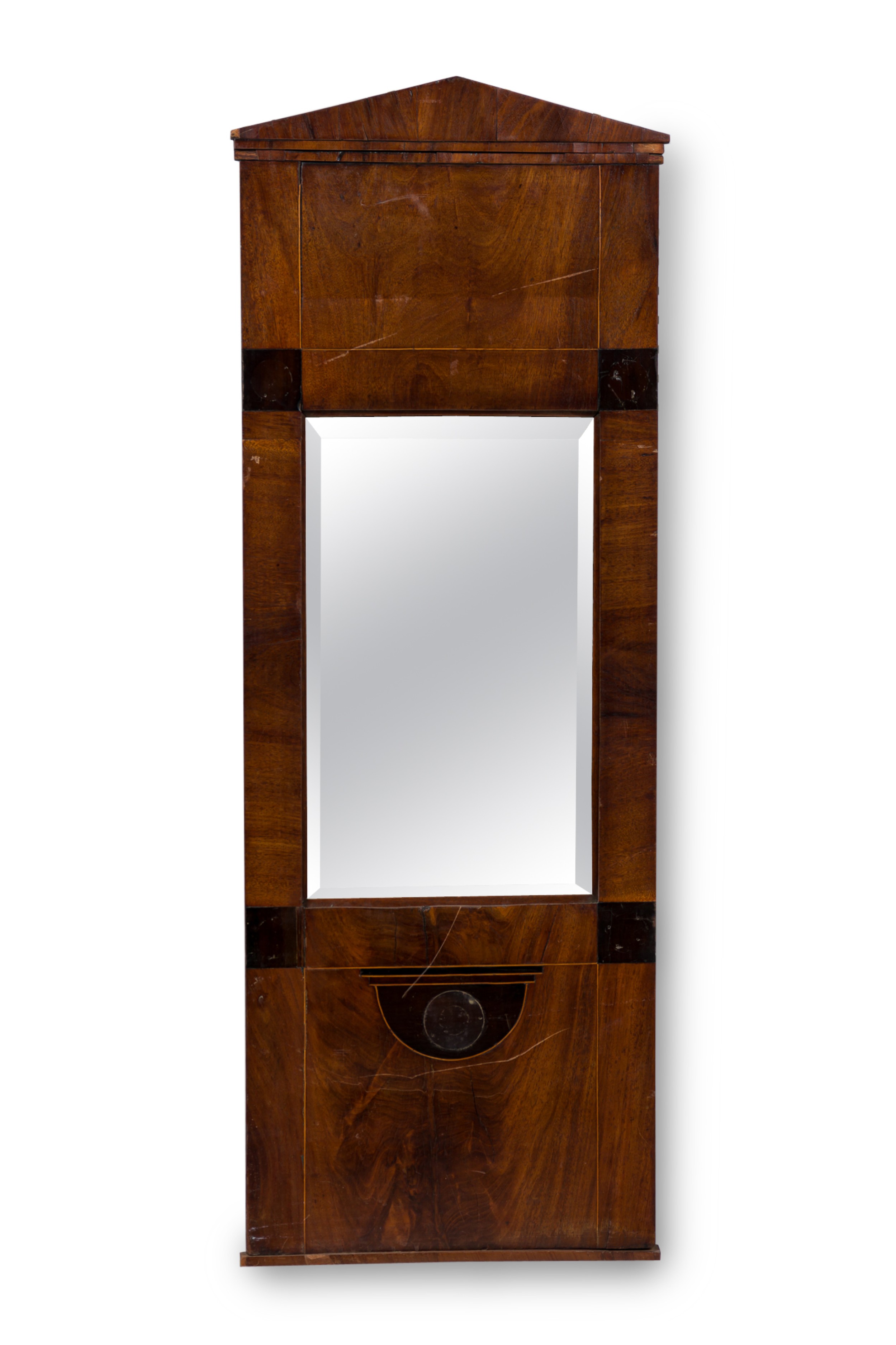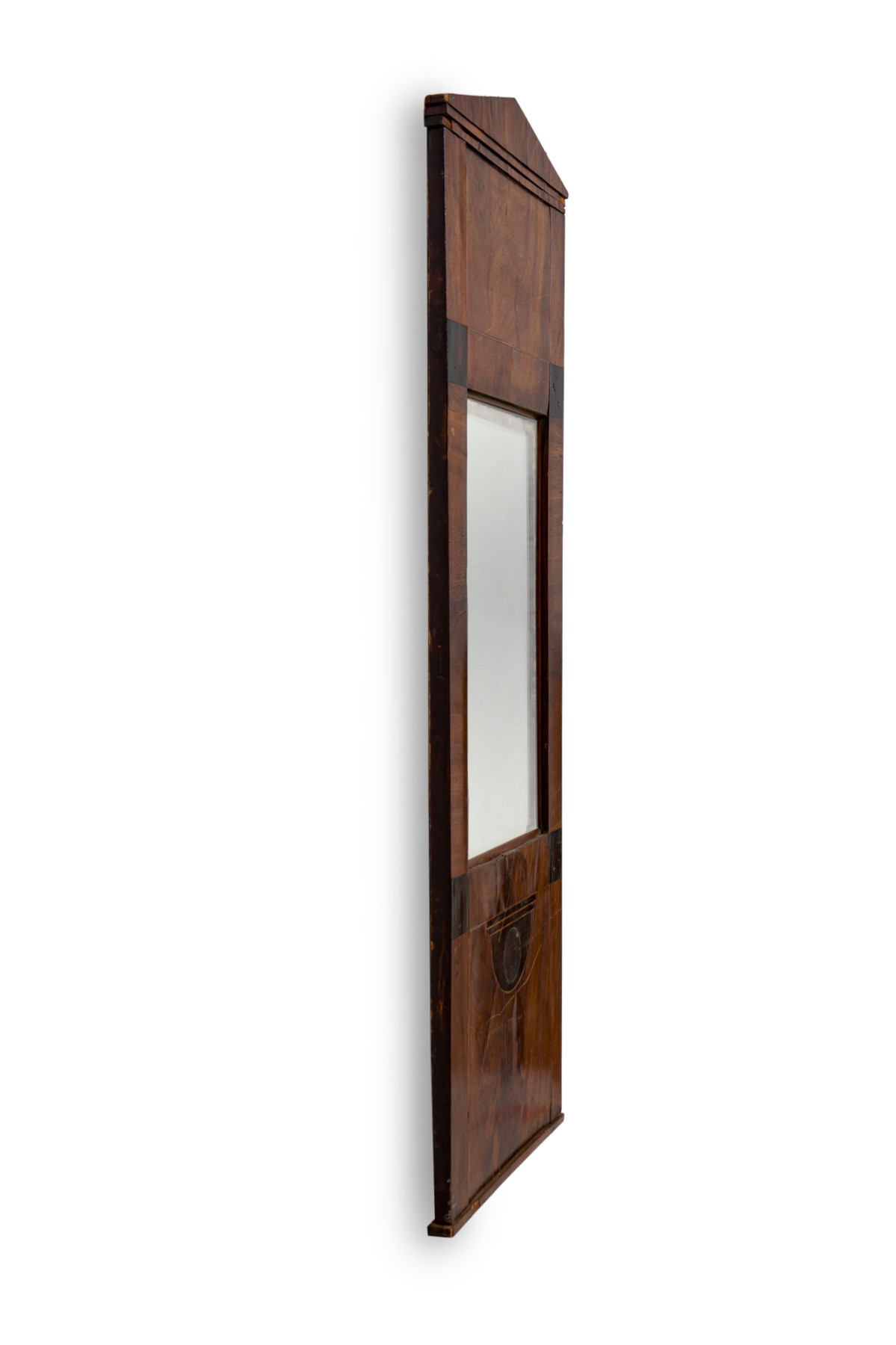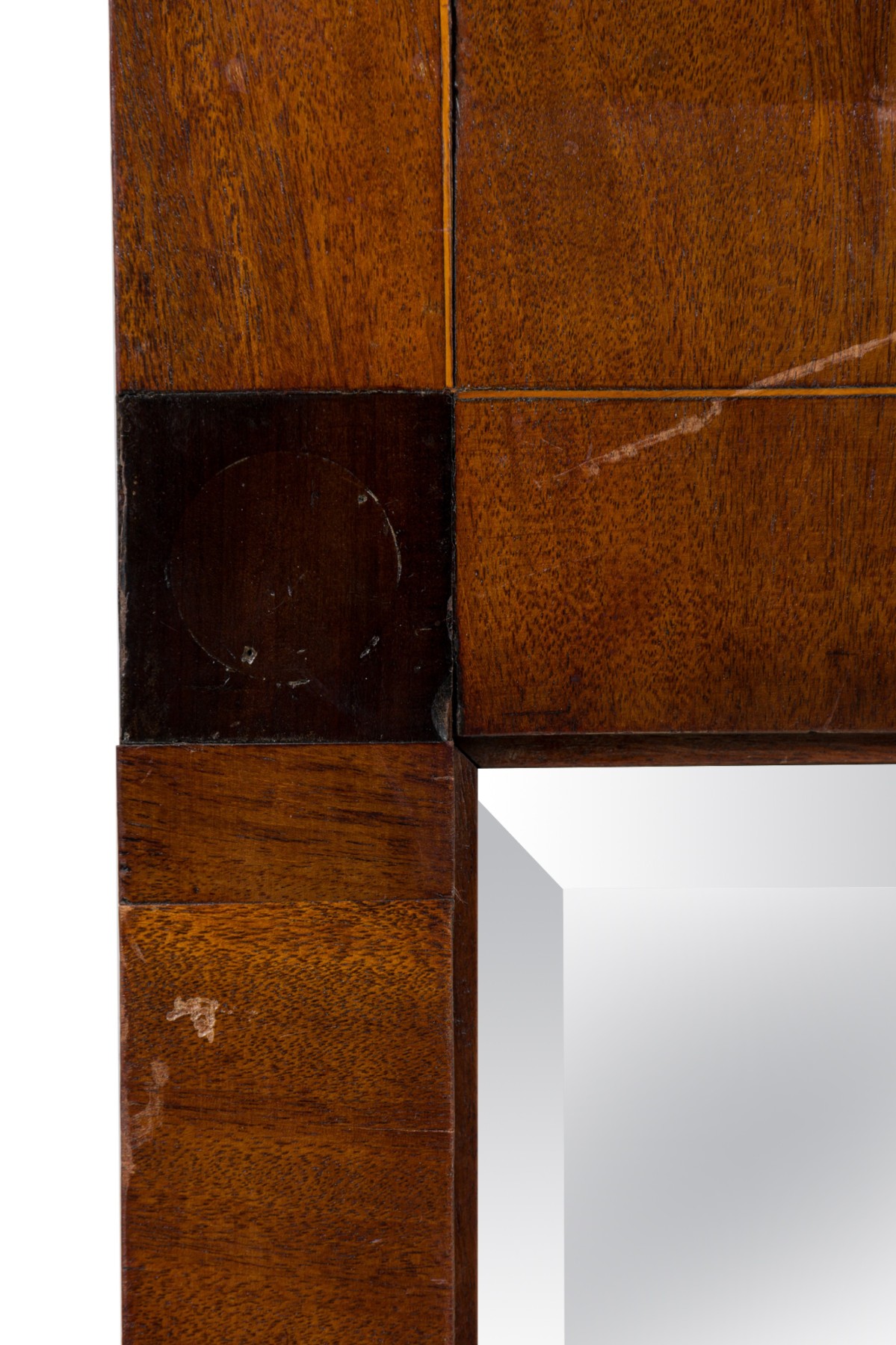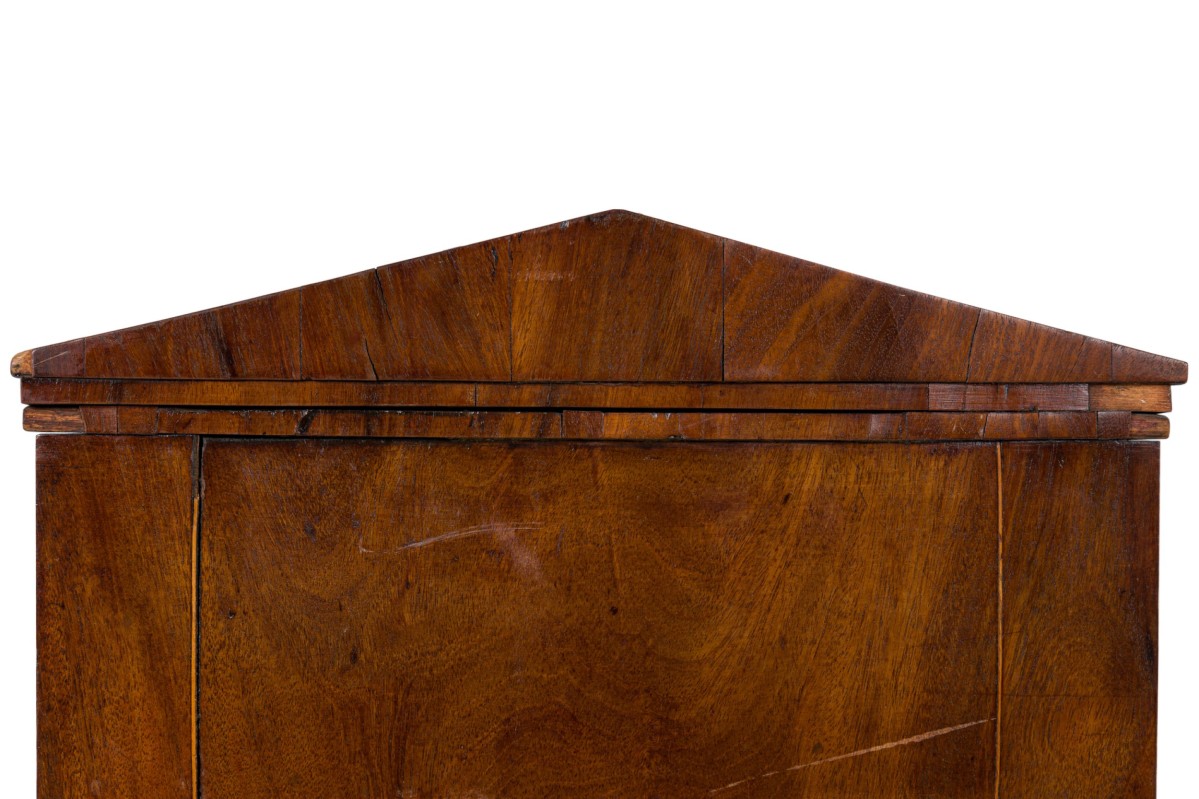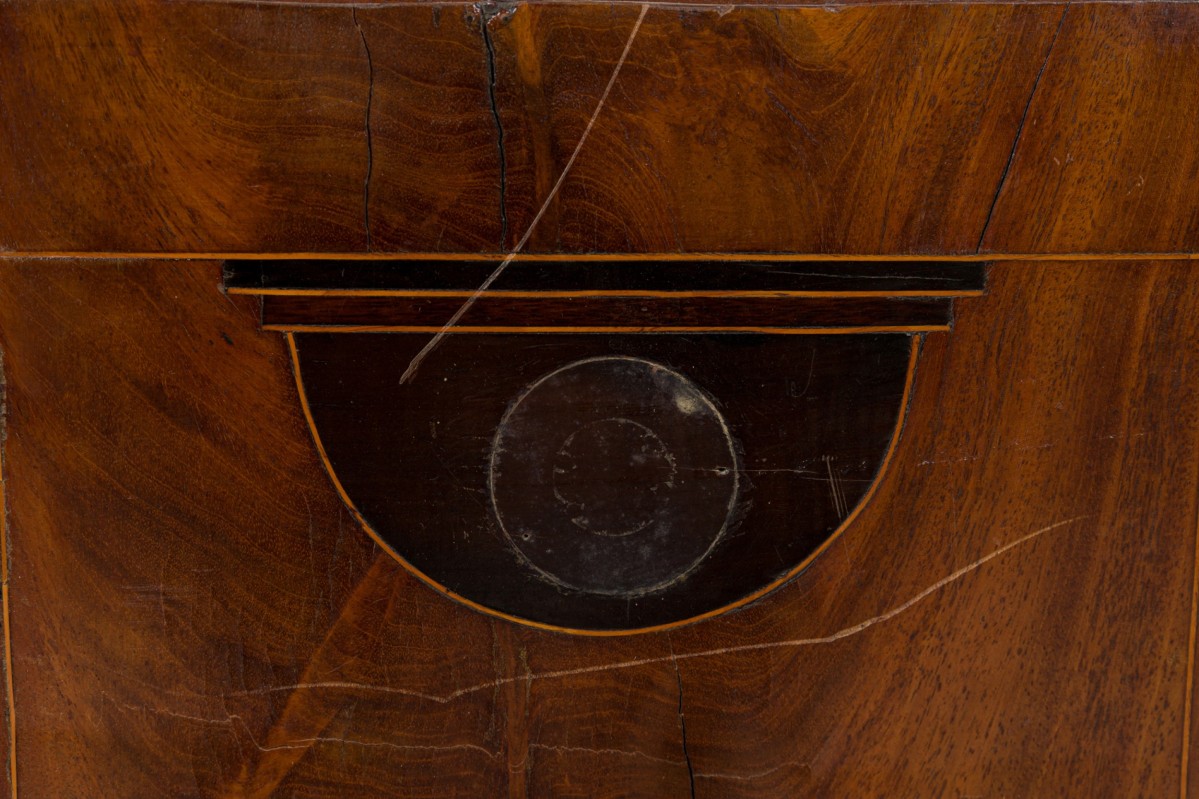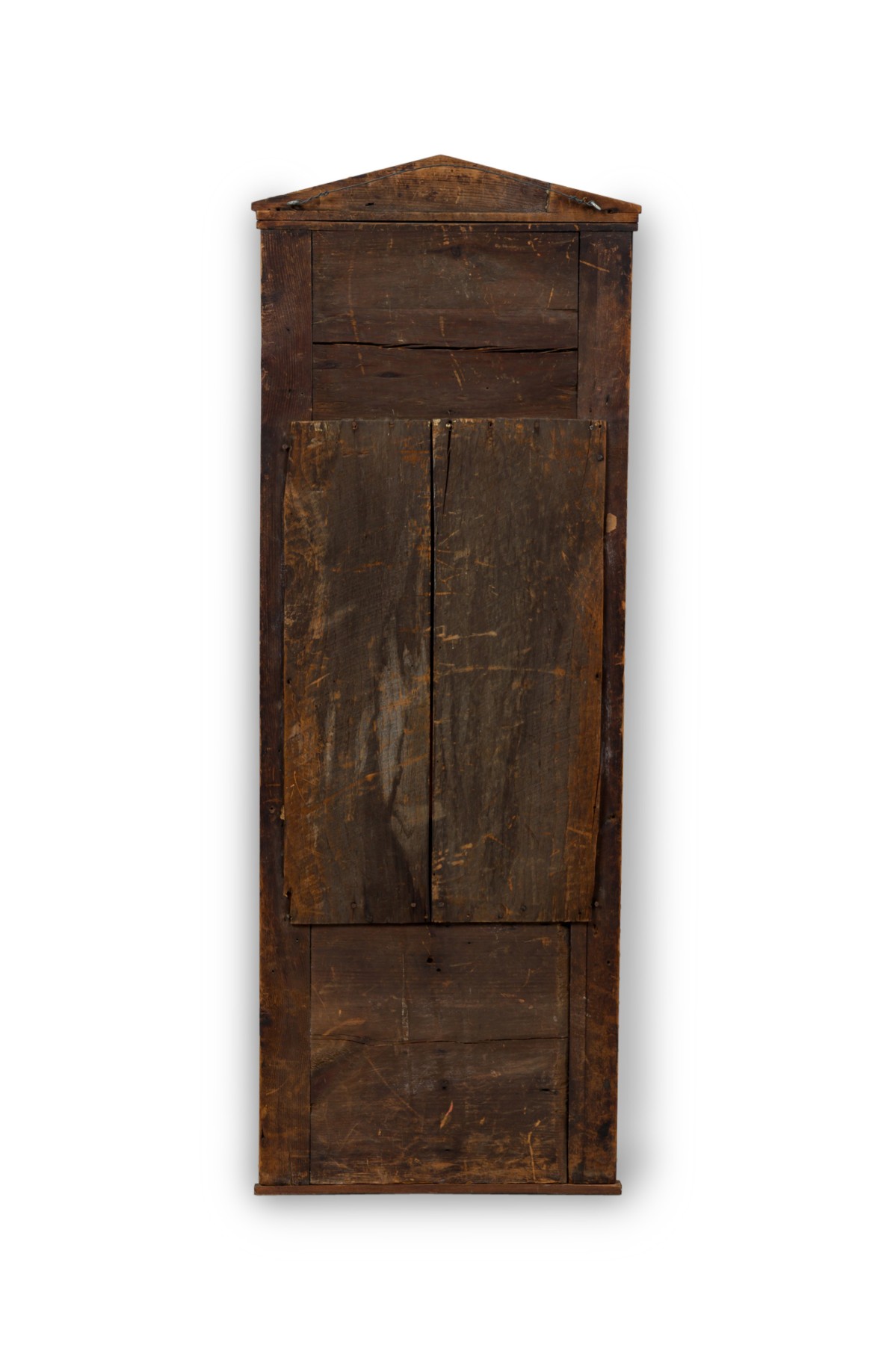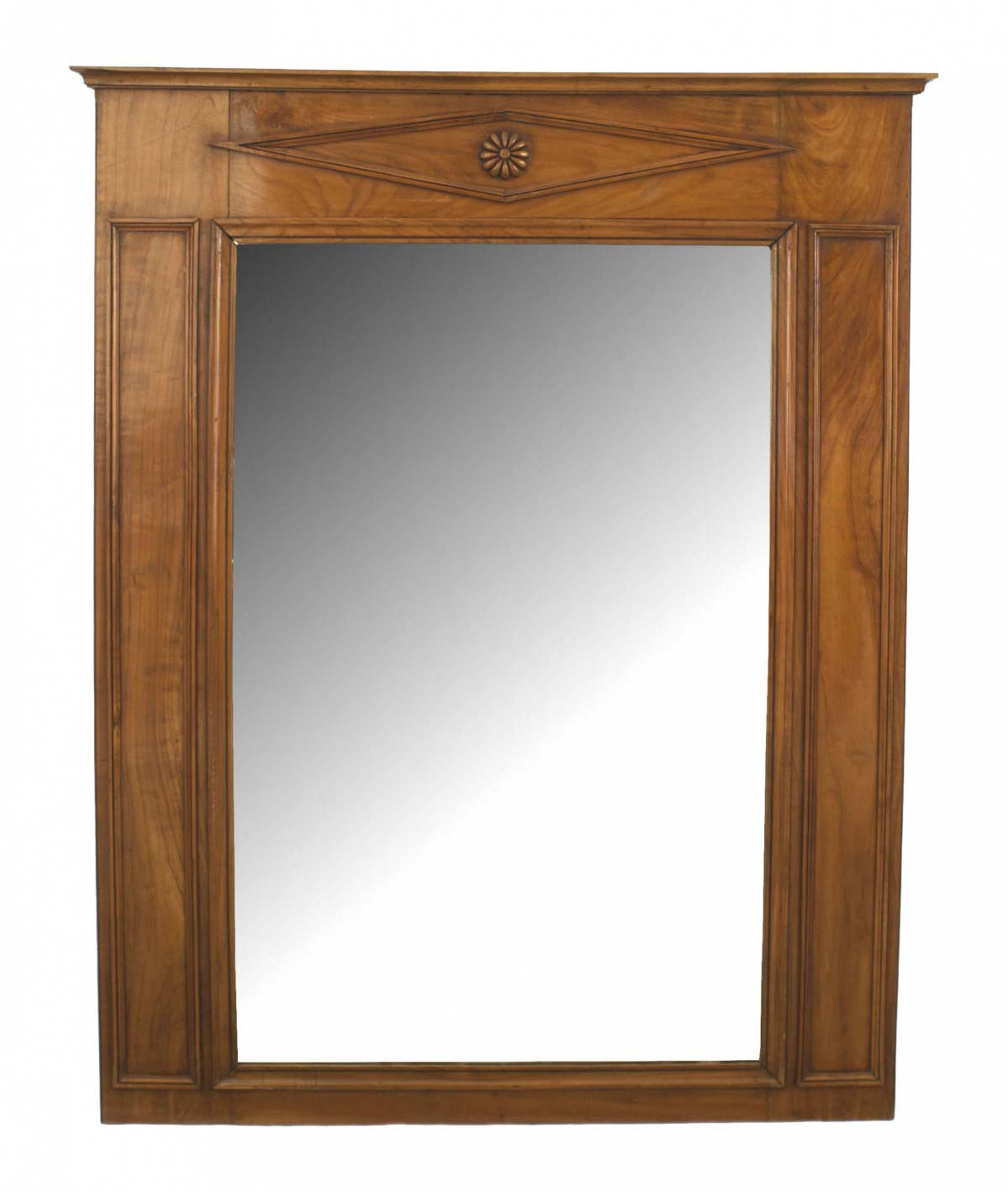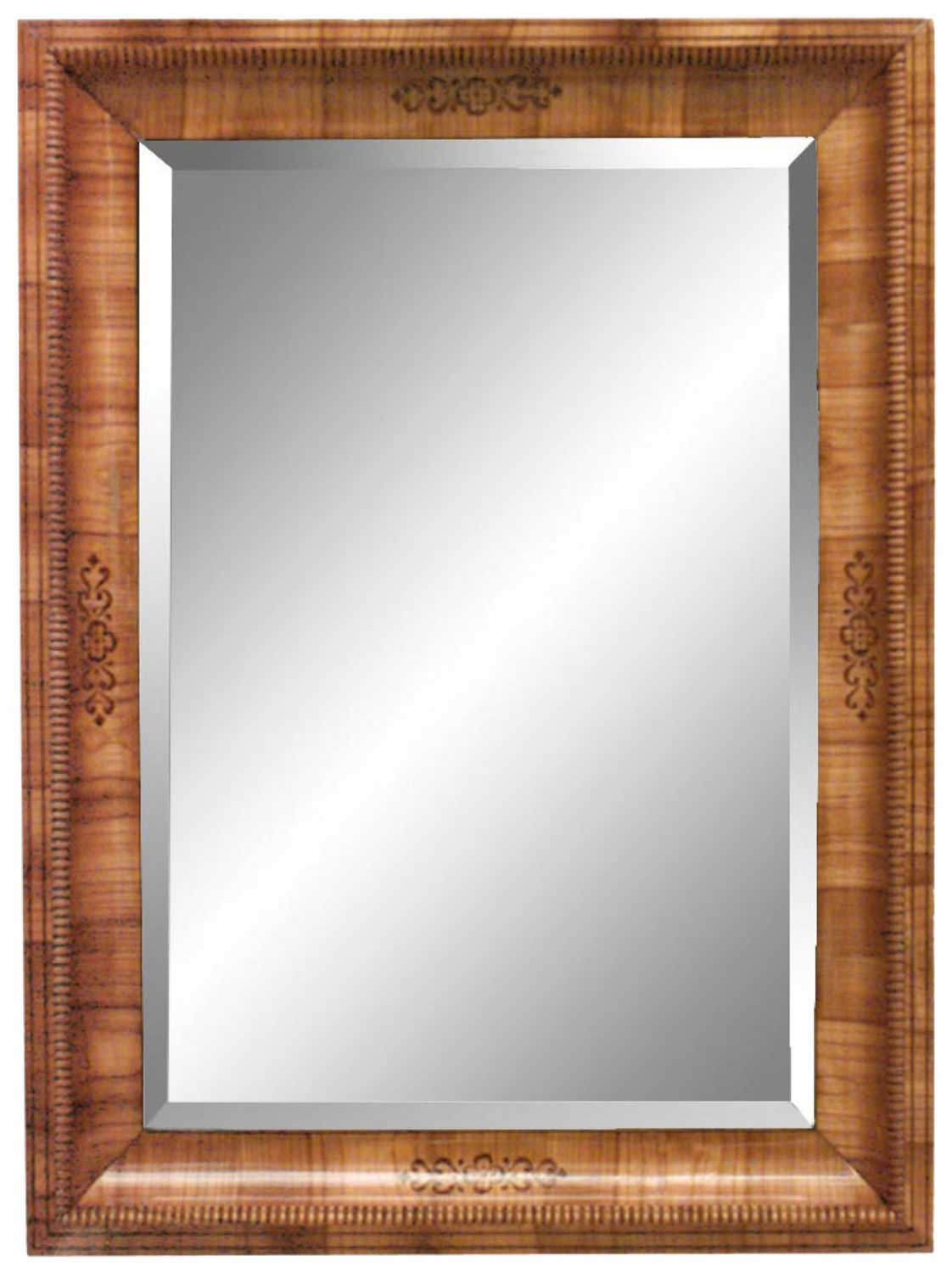X
{{ modalTitle }}
PLEASE FILL IN THE REQUIRED FIELDS.X
X
{{ modalTitle }}
Choose one of the options below.X
ITEM SUCCESSFULLY
ADDED TO PROJECT
Biedermeier Continental Wall Mirror
 Biedermeier
Biedermeier German & Austrian
German & Austrian Mirrors
Mirrors Wall Mirror
Wall Mirror
Newel Warehouse
32-00 Skillman Ave
Long Island City NY - 11101
 (212) 758-1970
(212) 758-1970
Biedermeier Continental Wall Mirror

Newel Warehouse
32-00 Skillman Ave
Long Island City NY - 11101
 (212) 758-1970
(212) 758-1970
 Mirrors
Mirrors Wall Mirror
Wall MirrorBiedermeier
A style of furniture produced in Austria and Germany during the first half of the 19th century. Inspired by French Empire and German painted peasant work. The name was borrowed from an imaginary cartoon character called Papa Biedermeier, an uneducated country gentlemen who considered himself a connoisseur of fine and industrial arts. Simple marquetry patterns were used with pressed brass ornaments of Greek inspiration as well as painted motifs of wreaths, urns, and floral, animal and human forms. Woods used were mainly fruitwoods, maple, mahogany and birch.
Mahogany
Mahogany is a straight grained hard wood with silky texture, ranging in color from dark brown to red. Furniture made from mahogany became popular in Britain from Mid-18th Century on, spreading throughout Europe.
Pediment
An architectural feature that has a triangular ornament placed on top of a structure such as a a portico, doorway, window or used as a decorative element in furniture. There are many variations on the pediment some have segmental, scroll, and broken forms.
Biedermeier
A style of furniture produced in Austria and Germany during the first half of the 19th century. Inspired by French Empire and German painted peasant work. The name was borrowed from an imaginary cartoon character called Papa Biedermeier, an uneducated country gentlemen who considered himself a connoisseur of fine and industrial arts. Simple marquetry patterns were used with pressed brass ornaments of Greek inspiration as well as painted motifs of wreaths, urns, and floral, animal and human forms. Woods used were mainly fruitwoods, maple, mahogany and birch.
Mahogany
Mahogany is a straight grained hard wood with silky texture, ranging in color from dark brown to red. Furniture made from mahogany became popular in Britain from Mid-18th Century on, spreading throughout Europe.
Pediment
An architectural feature that has a triangular ornament placed on top of a structure such as a a portico, doorway, window or used as a decorative element in furniture. There are many variations on the pediment some have segmental, scroll, and broken forms.
Biedermeier
A style of furniture produced in Austria and Germany during the first half of the 19th century. Inspired by French Empire and German painted peasant work. The name was borrowed from an imaginary cartoon character called Papa Biedermeier, an uneducated country gentlemen who considered himself a connoisseur of fine and industrial arts. Simple marquetry patterns were used with pressed brass ornaments of Greek inspiration as well as painted motifs of wreaths, urns, and floral, animal and human forms. Woods used were mainly fruitwoods, maple, mahogany and birch.
Mahogany
Mahogany is a straight grained hard wood with silky texture, ranging in color from dark brown to red. Furniture made from mahogany became popular in Britain from Mid-18th Century on, spreading throughout Europe.
Pediment
An architectural feature that has a triangular ornament placed on top of a structure such as a a portico, doorway, window or used as a decorative element in furniture. There are many variations on the pediment some have segmental, scroll, and broken forms.


